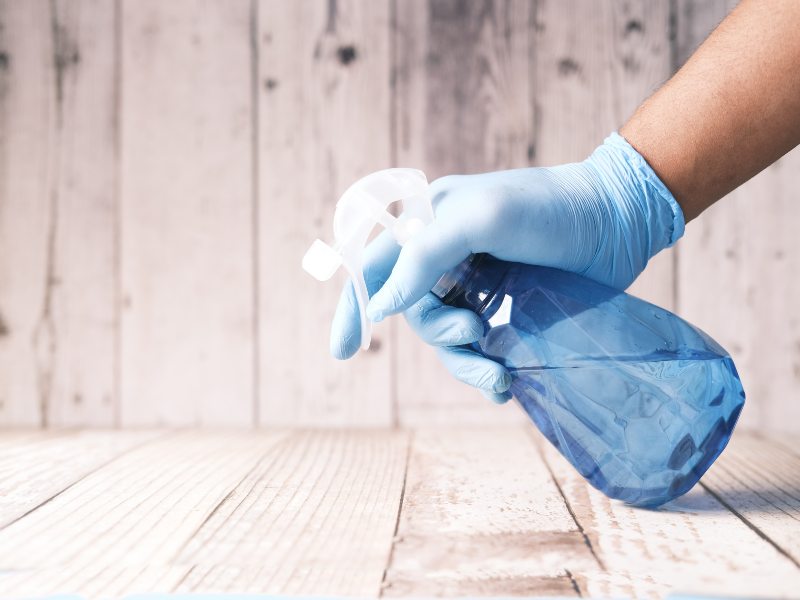Mould is a type of fungus that thrives in moist and damp environments. When there is excess moisture present, such as from water leaks, high humidity, or condensation, it creates an ideal breeding ground for mould to grow and spread.
Several factors can contribute to the presence of mould in walls:
- Water leaks: If there are leaks in the roof, plumbing, or windows, water can seep into the walls, providing the necessary moisture for mould growth.
- Poor ventilation: Inadequate airflow can trap moisture indoors, especially in areas like bathrooms, kitchens, and basements.
- High humidity: Certain climates or seasons can cause the indoor air to become humid, promoting mould growth.
- Condensation: When warm, moist air comes into contact with cooler surfaces like walls, it can lead to condensation, creating a suitable environment for mould.
- Building materials: Some building materials, such as drywall, can easily absorb and retain moisture, promoting mould growth.
What are the health implications?
Mould not only damages the walls and structure of the building, but it can also have adverse effects on human health. Exposure to mould spores can lead to respiratory issues, allergies, and other health problems, particularly for individuals with pre-existing respiratory conditions or weakened immune systems.

Here’s a step-by-step guide on how to remove mould effectively and safely:
- Safety precautions:
- Wear protective gear, such as gloves, goggles, and a mask (N95 or P100 respirator), to avoid direct contact with mould spores and prevent inhalation.
- Identify the extent of mould growth:
- Determine how much area is affected by mould. If the affected area is larger than about 10 square feet, it’s best to consider hiring a professional mould remediation service.
- Ventilate the area:
- Open windows and use fans to increase airflow in the space to help reduce mould spore concentration while you work.
- Remove and dispose of mouldy items:
- If any porous materials like drywall, carpeting, or insulation are heavily affected by mould, it’s often best to discard them. Seal them in plastic bags before removal to prevent spreading mould spores.
- Clean hard surfaces:
- Use a detergent solution (water and mild dish soap) to clean hard surfaces affected by mould. Scrub the area thoroughly with a brush to remove visible mould growth.
- Disinfect the area:
- After cleaning, use a solution of 1 cup of bleach mixed with 1 gallon of water to disinfect the surfaces and kill remaining mould spores. Alternatively, you can use hydrogen peroxide or vinegar as natural disinfectants.
- Dry the area:
- Ensure the cleaned surfaces are completely dry. Use fans and dehumidifiers to expedite the drying process.
- Prevent future mould growth:
- Fix any leaks or water sources that contributed to the mould growth to prevent recurrence.
- Improve ventilation in the affected area and throughout the home to reduce humidity.
- Consider using mould-resistant paints and materials in susceptible areas like bathrooms and basements.

To prevent mould growth in walls, it’s essential to address any sources of moisture and ensure proper ventilation in the building. Regular inspections, maintenance, and prompt repairs of water leaks are also crucial in preventing mould infestations. If you suspect mould in your walls, it’s essential to have it professionally inspected and remediated to ensure a safe and healthy living environment.

